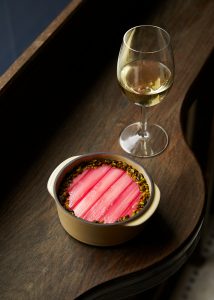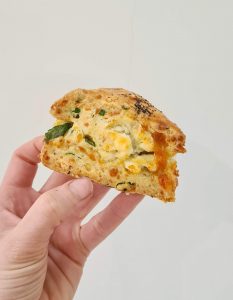The staff of London’s oldest whisky shop, Milroy’s of Soho, recommend four of their favourite drams from around the world
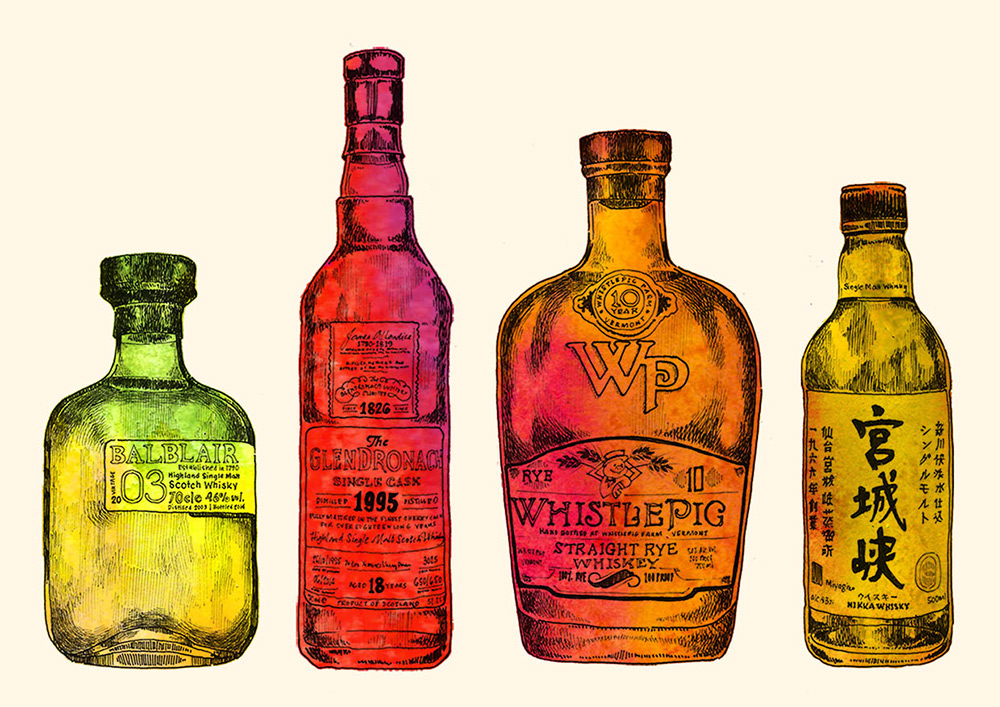
WHISKY WEEK: Walking down Greek Street in Soho it’s easy to pass by an integral part of London’s drinking history without even looking twice. Milroy’s of Soho, widely considered to be the city’s oldest whisky shop, was founded in 1964 by John ‘Jack’ Milroy as The Soho Wine Market. Its owner at the time, John ‘Jack’ Milroy, soon decided to start stocking premium spirits and, at one point, even counted a former Prime Minister as a regular customer. But far from becoming a dusty relic or a tourist trap, Milroy’s has aged gracefully in the 51 years since it opened its door, establishing itself as a regular haunt for serious whisky drinkers and collectors alike.
In 2014, Milroy’s’ current owner, Martyn ‘Simo’ Simpson, converted the building’s basement into The Vault – a cosy speakeasy bar that lays claim to the largest selection of whisky in the capital, and boasts a secret entrance hidden discretely behind a bookcase.
Sourced from all over the globe by its team of connoisseurs, Milroy’s whisky cabinet appears to have all ends of the spectrum covered – from Scotch single malts to rare ryes and lesser known Japanese whiskies.
To celebrate Whisky Week on PORT, we head down to The Vault and ask the Milroy’s team to select four of their favourite whiskies from around the globe.
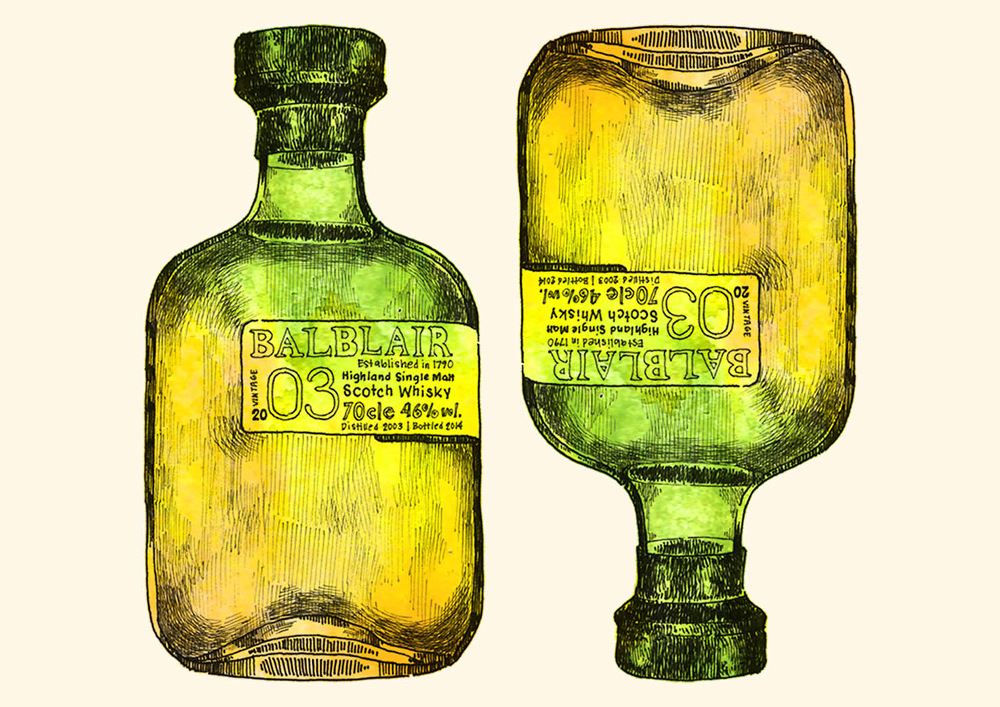
BALBLAIR 2003, HIGHLAND SINGLE MALT (SCOTLAND)
“The Balblair 03 is not your standard bottle, nor is it the niche whisky geek kind… it’s very much in the middle. Matured in ex-bourbon casks, Balblair has a bit more of a vanilla flavour, which comes from a compound in American oak called vanillin that is in the actual makeup of the oak itself. It would go well with something like Victoria Sponge or light tropical fruit…
“Balblair as a brand likes release whiskies in vintages and there is a difference in the whisky each year. They’re blending for single malt and will make maybe 50 to 100 carts as a batch, so they’re blending for quality rather than quantity. So, a Balblair 2004 vintage release will be similar to this 2003 next year, but they do allow a little bit of variation.”
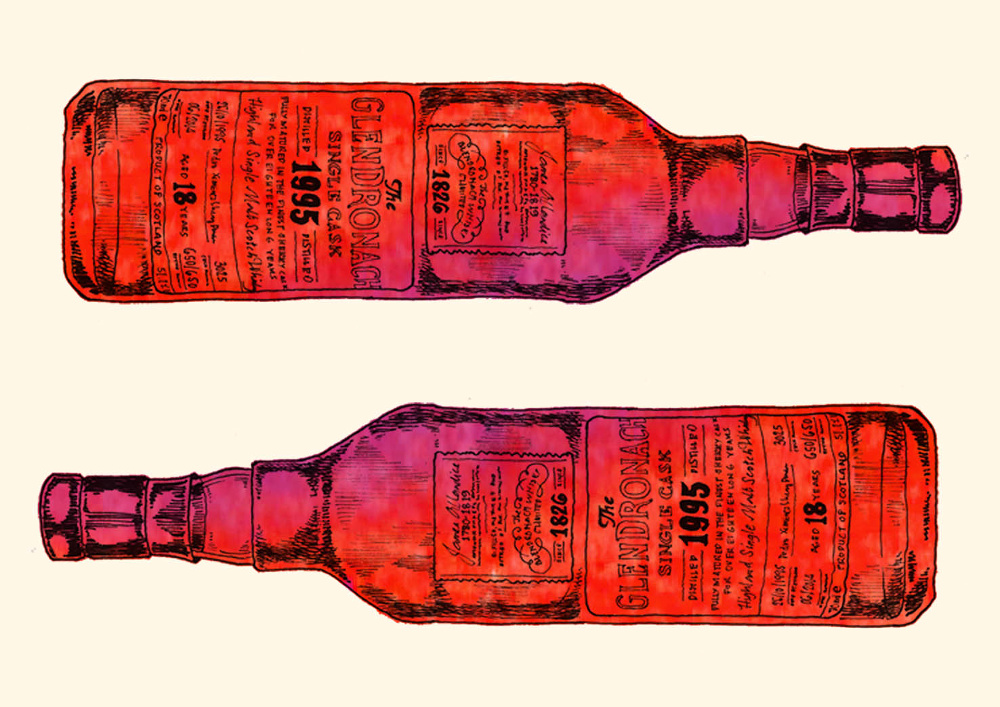
GLENDRONACH 1995 SINGLE CASK 19 YEAR OLD, SPEYSIDE SINGLE MALT (SCOTLAND)
“The vast majority of Glendronach’s whisky is usually matured in ex-sherry barrels, which is also what Macallan and Glenfarclas do. Most distilleries these days use ex-bourbon casks, but 5 to 10 per cent use sherry casks, which gives you a much richer aroma. The Balblair is 46 per cent ABV and the Glendronach is 55.4 per cent ABV, so this is a much punchier whisky.
“Glendronach is renowned for top, top sherry cask whiskies. Sherry seeps into the cask’s oak during the day when it’s warmer, then at night it contracts and leaves particles in the oak, which affects the flavour of the whisky.
“Sherry casks are a great thing to go to if you are wanting to move up a stage, mostly because they’re a bit sweeter. You don’t get big peaty notes or big burnt notes, so they’re a lot easier to drink.”
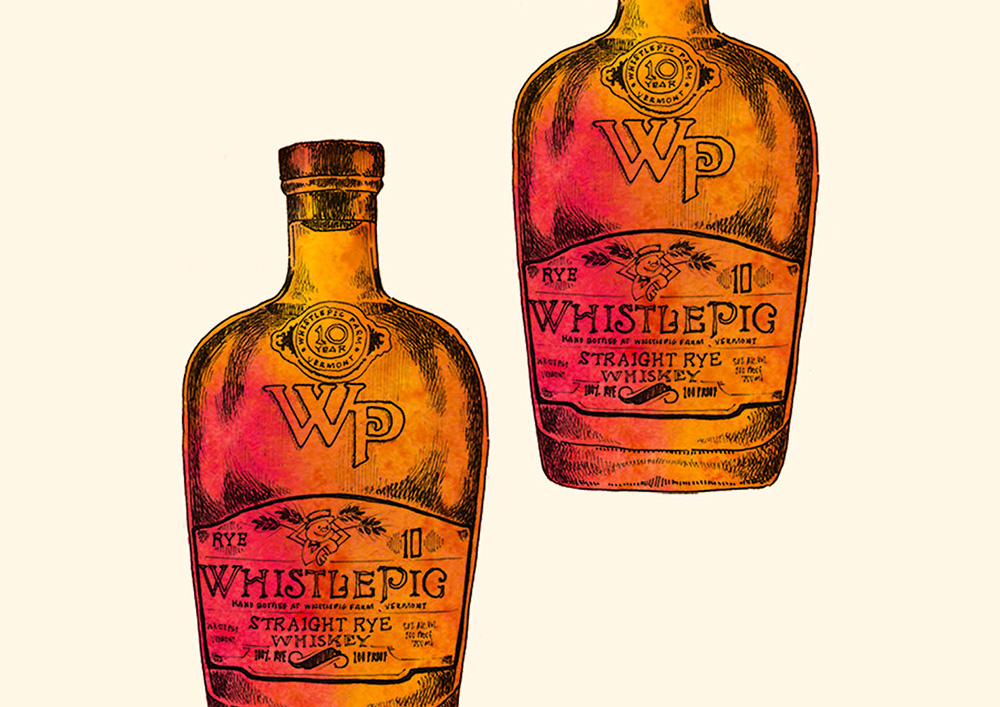
WHISTLE PIG 10 YEAR OLD, STRAIGHT RYE (VERMONT)
“Rye whiskey is one of our favourite whiskies right now. If you like Scotch go for a rye, you get more of a kick, like an Islay whisky. It’s a good gateway whiskey. Those who like Scotch and are trying to get into bourbon should go through rye first. The spices take away the dryness associated with Scotch whiskey.
“Bourbon is made up of at least 51 per cent corn – the rest can be more corn, malted barley, wheat, rye or whatever else. However, rye is the other way round and has to be at least 51 per cent rye… the rest can be more rye, malted barley, wheat, etc. Overall, rye tends to have a much spicier, orangey flavour.
“People assume that bourbon has to be made in Bourbon County in Kentucky, but it doesn’t. Bourbon has to be made in the USA, that’s the only rule. We have seen the interest for American whiskey really grow, with lots of Scotch drinkers starting to move across. There’s been a serious change in market and some people say that it’s because of TV series such as Mad Men.
“Jim Murray, the whisky reviewer, claimed in his annual essay that he thinks American whiskey is now better than Scottish whisky, which is quite a controversial thing to say. But, he may be onto something in the sense that in, terms of value, bourbon is probably better than Scotch. Also cocktails are very popular now and bourbon is much more versatile than Scotch in that respect.”
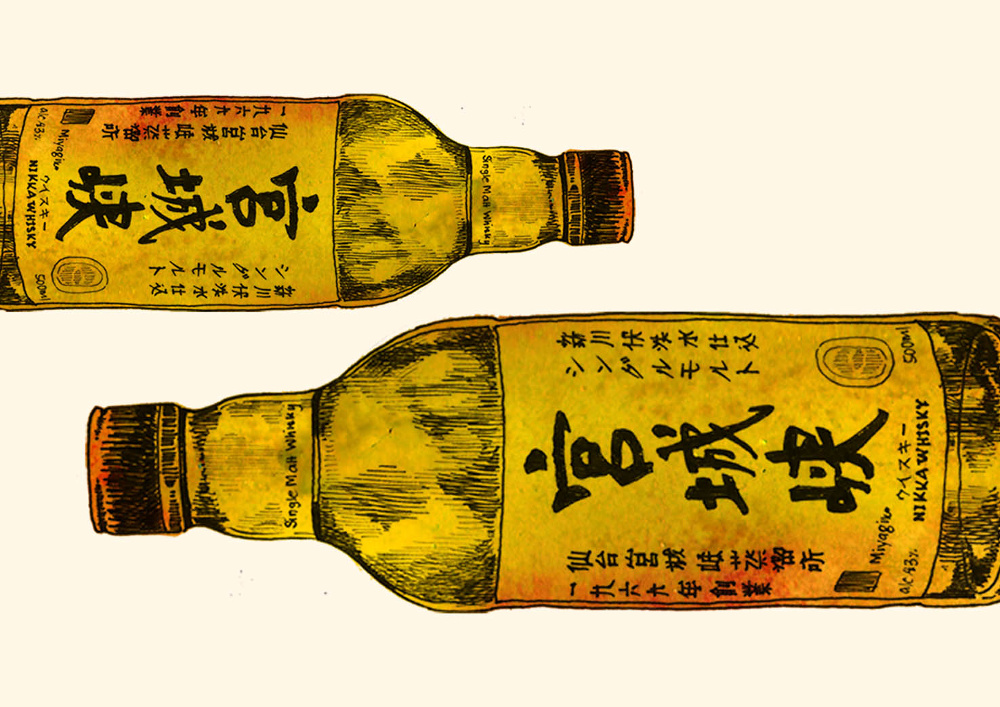
NIKKA WHISKY SINGLE MALT MIYAGIKYO (JAPAN)
“Japanese whisky is basically Scotch that isn’t made in Scotland. It’s produced using exactly same process, especially in single malts with malted barley and copper pot stills. Japanese distillers tend to use American oak barrels or sherry casks. The key difference is that Japanese distillers can choose to use Japanese oak for casks, which creates a coconut-like flavour. The problem with this is that it leaks a lot… it’s quite porous. Japanese oak produces lovely flavours, but it’s impractical, so it’s only brewed in small quantities.
“Nikka Whisky Distilling Co. was founded by a Japanese man called Masataka Taketsuru, who studied chemistry in Glasgow and worked at a number of distilleries including Ben Nevis. He married a Scottish girl, moved back to Japan, took his craft with him and started Nikka.”
“Miyagikyo is a lighter, more floral whisky than Yoichi, for example, which is another Nikka whisky that’s made in a more peaty style.”
Milroy’s of Soho, 3 Greek Street, London, W1D 4NX.
Illustration Jennicka Sapigao
Additional words Ben Browne and Ray Murphy



